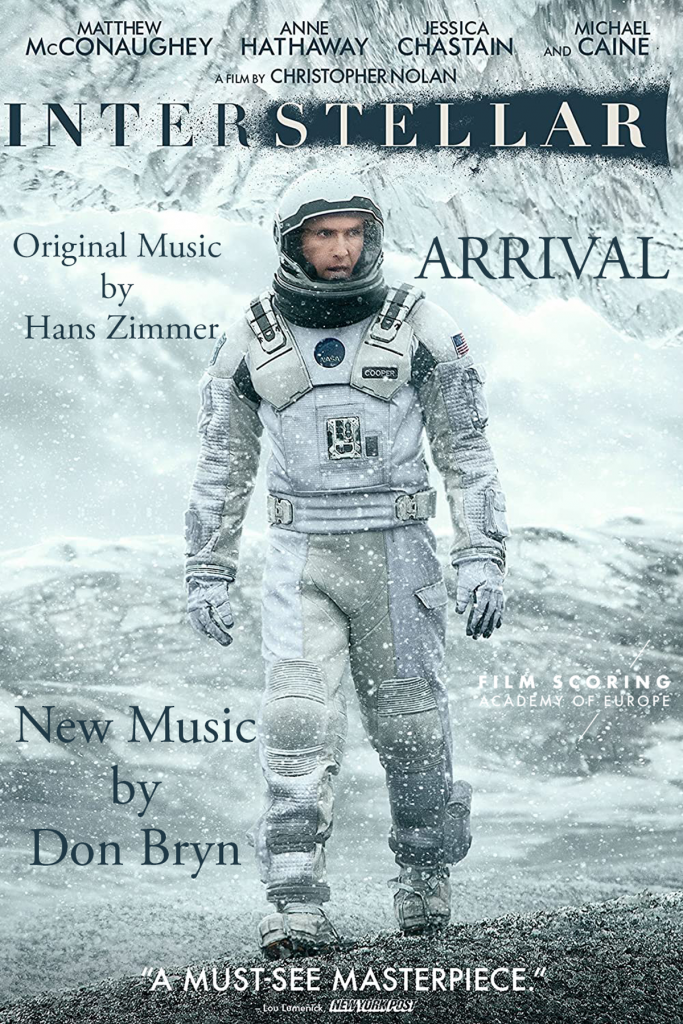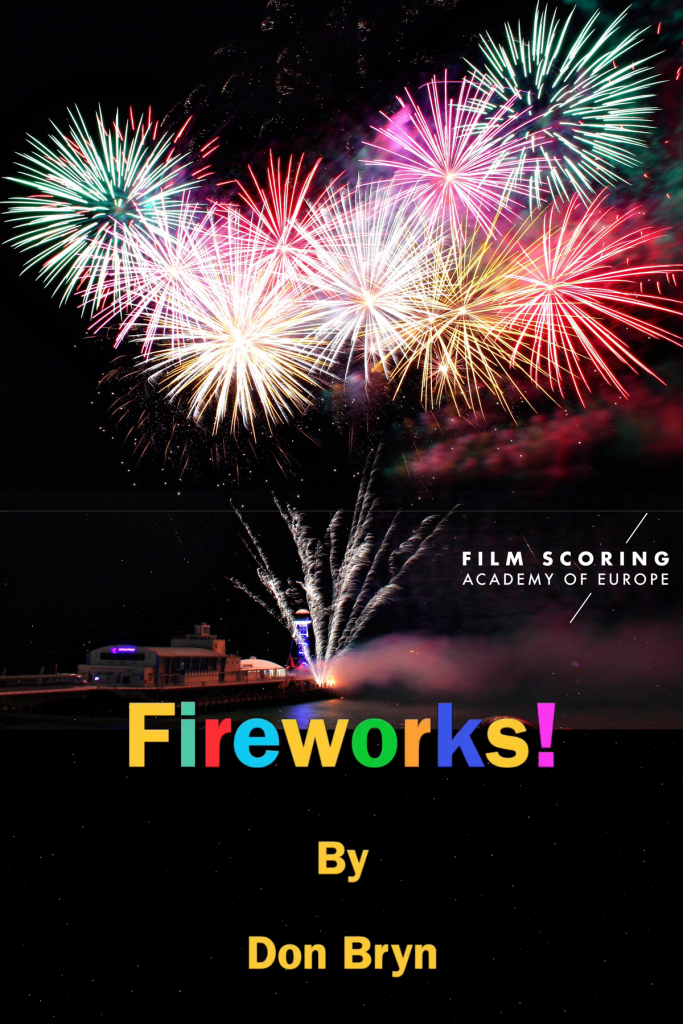The goal of this assignment was to describe a particular historic period using the color of the woodwind section. Many of the examples we saw were from older time periods from the Middle Ages (real or fantasy) to the Victorian era. So I wanted to be different and chose the impressionist era. But that left me the task of finding a video clip.
There are a few videos set in the period, and some about the impressionists specifically. I have to admit I tried quite a few – even going to the point of extracting video clips of the correct length to see what would work. I really liked some of the clips from a film called “curiosa” but the clips had too much nudity for my portfolio. Then I discovered “At Heaven’s Gate”, a biographical film about Van Gogh. I tried a couple different clips and finally settled on this scene where Gaughan is casting doubt on Van Gogh’s painting but Van Gogh seems to turn the criticism into a triump.
At the same time, I was looking at Ravel’s “Daphnis & Chloe” and the Sarasota Orchestra happened to be playing it! I don’t think I gave it the attention and study it deserves, but I was able to extract some useful knowledge for the harmony and orchestration.
One thing that fascinates me is how Ravel was able to use a sense of overtones to alter tonality. For example, if you build a chord that is basically the tones of a C9 chord in the first couple octaves, you can build all sorts of extended harmony on top. Whole tone, octatonic, major, or other exotic scales. You can even mix them. Sometimes just changing a note or two can alter the tonality enough to change the mood.
I also wanted to be authentically French (I know Van Gogh was not French!), so I looked for a traditional French folk song that would work and I found it with “Le fille du roi Loys”. This melody is presented in the first segment and then constitutes the rest of the melodic material in the cue. When you see only this clip it might seem that the underscoring is a little less awestruck than the character seems to appear, but in the context of the entire film (and with a little more dialogue I had to cut to remove the original music), it is clear that Van Gogh has seen these pieces before and is explaining how they influence his fast painting style. Additionally, if I were scoring the entire film, I would present this folk song melody in other ways earlier in the film but in this short clip I needed to present it in the first segment.
So it works and I think it works well. You can judge for yourself whether the music works for an impressionistic period and if it supports the scene.
The clip you hear is the mockup until I have the opportunity to mix the real audio.










